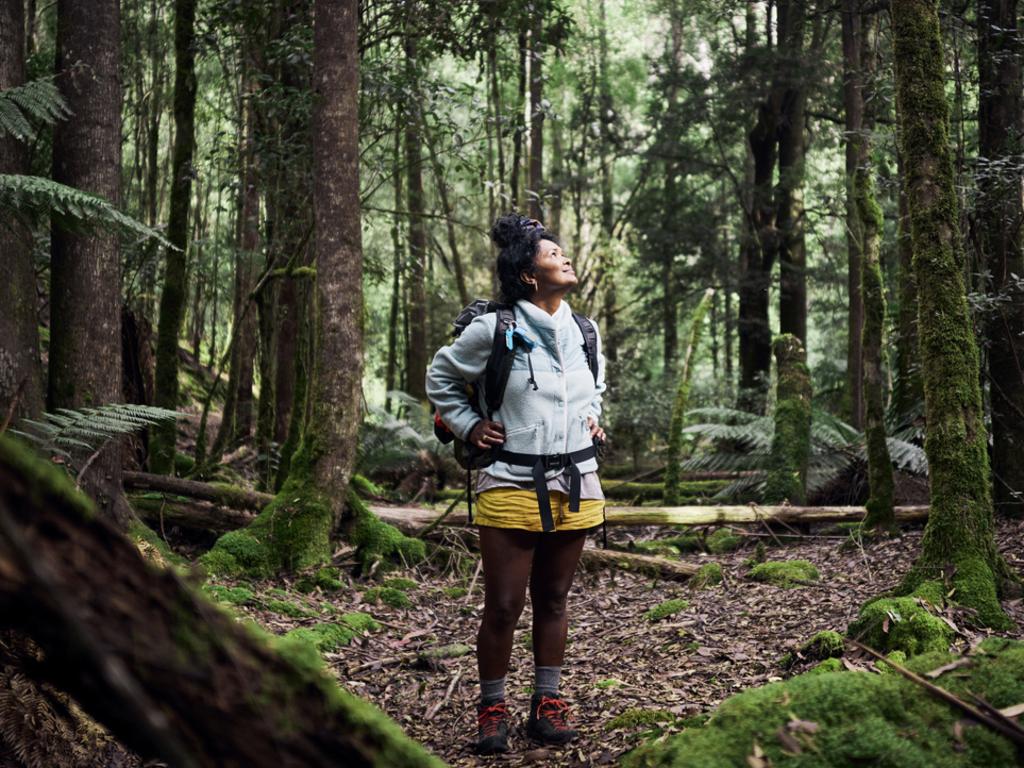In the depths of winter, wattle’s tiny pompoms lift my heart
Over 1,000 wattle species festoon our bushland, highways and gardens, and my heart always sings at the sight of that wintery gorgeousness.

Is there anything more beautiful than waking in this land to rain on a Saturday morning, then languidly stretching your claws like a cat into the length of the day? Well, many things, of course, but it’s got to be up there. And there’s another loveliness during this deep winter stretch: a blaze of gold amid the naked trees – the wattle trumpeting its joy, just as winter’s clench is tightening its grip.
Those tiny pompoms, the blasts of very Australian yellow, are a seasonal heart-lift. They signal the promise of sunnier times ahead: See, they seem to be blaring, summer is on its way, life will come good again, trust. Over 1,000 wattle species festoon our bushland, highways and gardens, and my heart always sings at the sight of that wintery gorgeousness; the yearly golden fanfare that heralds a downhill sprint into spring.
In these parts, they’re our memory trees. An elderly neighbour marks his years on this planet by the June outburst, which used to be the July outburst. The buds come earlier now, as if confused, just as certain places on our continent no longer see the snow that was a regular occurrence a generation ago. The song of the Earth, that great epic, is morphing. The symphony of the plants – one species stepping forward with its flowery bluster, then retreating to make way for another – is shifting in the great heft of the seasons. And winter never seems quite as muscular, for quite as long now.
But meanwhile, there’s another nugget of seasonal beauty, at day’s end: as the wintry light wanes we’re gifted with great billowing, biblical sunsets, obscene with a theatricality that almost tips into vulgarity.
This is the time when that severe clear winter sun is worshipped – on our backs, on our faces – as we drink in its illicit sweetness. How lovely it is to locate a sunny corner in the cold. My dad was a master at it, holding his face to the vivifying winter light and smiling, in stillness, like a Cheshire cat.
Winter isn’t the time of a great rush into change, of bursting forth and striding out; it’s for turtling. Hunkering down. Gathering in the energy and curling up. Waiting for the naked trees to be clothed again in their buds of tender green. And the sudden sighting of that new growth is a heart-lurch for me into the new season, when it feels like the future reaches back to caress the present; promising a new season’s beauty. Renewal. Hope.
Then amid our spinning months comes spring again, when we emerge from our bunkering and uncurl, freshly energised and longing for other experiences, lands. But now, as the warmth pushes into our world a little too vigorously, unsettlingly, I miss the full-throttled muscularity of old winter’s grip; as it was, in a childhood long ago.
And I want to savour for longer the moment of the gold breaking through. Western Australia wins for most wattle species – between 400 and 500. Wondrous. The blare of the Cootamundra wattle is the most conspicuous in these parts but my favourite is the black wattle, perhaps for the contradiction in its name alone; that dash of tar in honey. DH Lawrence wrote in Kangaroo: “[It was] as if angels had flown right down out of the softest gold regions of heaven to settle here, in the Australian bush.” And Julian Assange’s father, John Shipton, tipped his hat to the rejoicing gold as his son arrived home after years away from Australia: “He’s got here just in time to see the wattle bloom.”
The outrageous optimism of winter wattle reminds me of Camus’s fighting words: “In the midst of winter, I found there was, within me, an invincible summer.” I love the idea of a spirit awakening to joy amid the grip of winter’s fist. In my neck of the woods the wattle’s exultation, year after year, unlocks joy – as does waking to rain on a languid Saturday morning.








To join the conversation, please log in. Don't have an account? Register
Join the conversation, you are commenting as Logout